All About Bird Wings and Flight Feathers
Updated: May 12, 2023
Whether they’re opening for takeoff, spreading wide for a lazy soar or flapping to brake for landing, bird wings make flying look almost effortless.
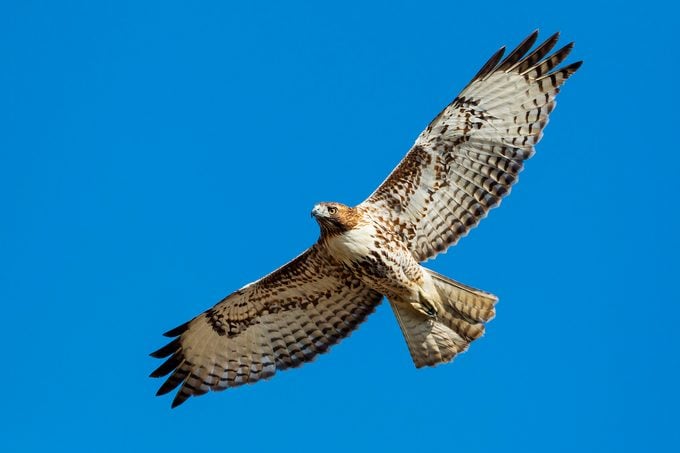
The Wright Brothers studied bird flight before they designed the first airplane. Now modern aircraft fly higher and faster than any bird, yet no manufactured device matches the graceful movements and mechanics of bird wings.
It’s easy to marvel at the magic of a bird in flight, but understanding how it all works makes the process even more incredible. Here, we’ll explain how a typical bird wing functions, as well as explore the different types of bird wings and flight feathers you might spot on the visitors at your feeders and in your trees.
Psst — you won’t believe how quickly a hummingbird flaps its wings.
Bird Wing Anatomy
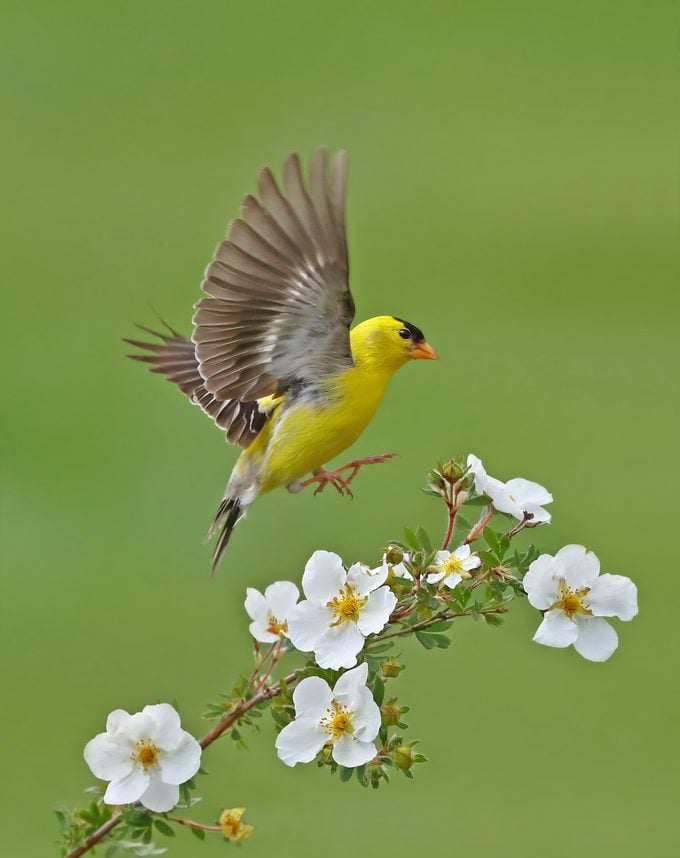
The average bird wing is a remarkably complicated thing. The bone-and-muscle part is relatively small, and most of the visible surface area is composed only of strong feathers. Thanks to the muscles, birds have the ability to constantly change the shape and angle of their wings for masterful control in the air.
It may look as if your favorite birds are simply flapping their wings straight up and down as they fly. But if they did that, they’d never get anywhere.
A closer look reveals that their wings reach ahead on the upstroke and push back on the downstroke, propelling the bird forward. The feathers on the outer part of the wing spread apart on the upstroke, letting air through, and flatten into a solid surface on the downstroke so they’re pushing down against the air with every flap.
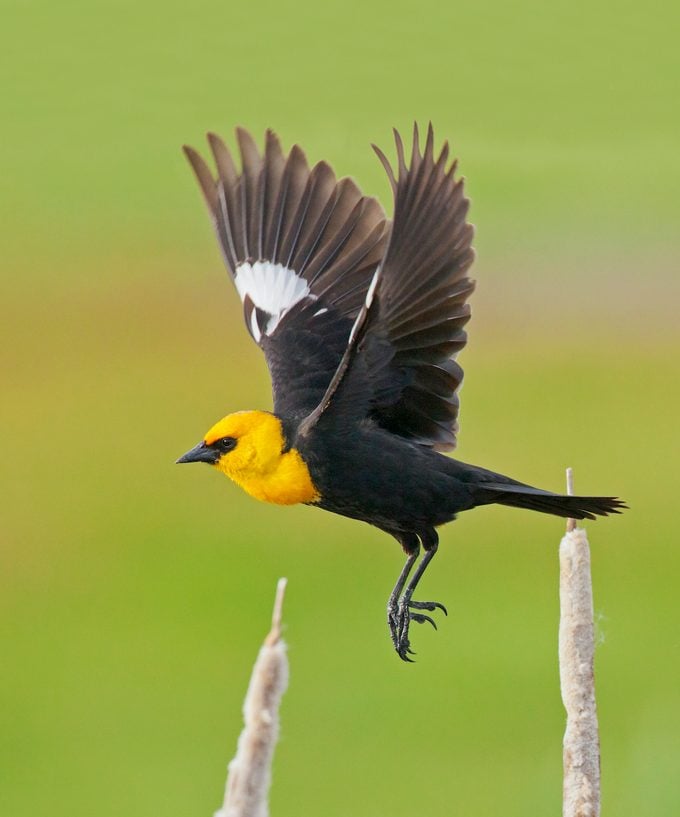
If you take a cross-section view, the upper surface is curved and the lower surface is flat, creating an airfoil like that of an airplane wing. As the bird moves forward, the curved upper surface causes the air to flow faster over the top of the wing, creating lift. So even when the bird glides or soars, the wing shape helps keep it up in the air.
When a bird isn’t flying, it folds its wings neatly and tucks them against its body, out of the way. What’s more, when the wings are closed, the feathers that are most important for flight are folded under the others, protected against wear and tear as the bird moves around in foliage or grass.
Learn about birds that sing while flying.
Bird Wing Shapes and Sizes
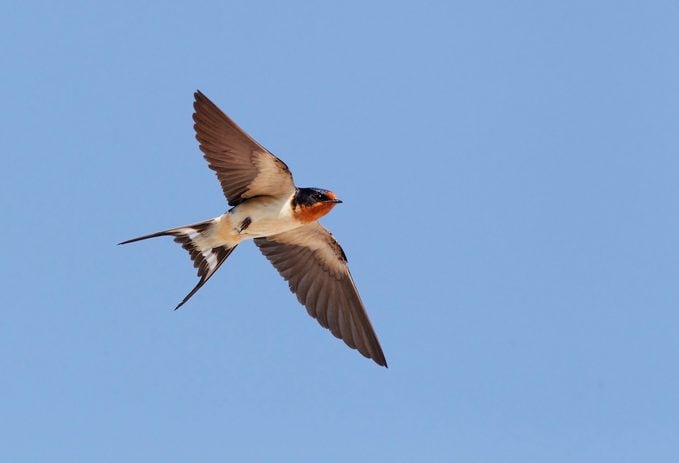
There is tremendous diversity in the shapes of wings, and the differences relate to how the birds use them. A ground dwelling bird like a northern bobwhite gets around mostly by walking, and only occasionally has to make a quick flight to scurry away from danger. Its wings are very short and rounded, ideal for a rapid escape but not for sustained flight.
On the other hand, a barn swallow spends most of the day in the air, swooping about gracefully to catch flying insects. Its wings are longer than its body and sharply pointed.
Between these two extremes are more typical songbirds such as robins and goldfinches. They make many short flights every day, and may fly long distances during migration. Their wings are slightly pointed, and just large enough to fit their active lifestyles.
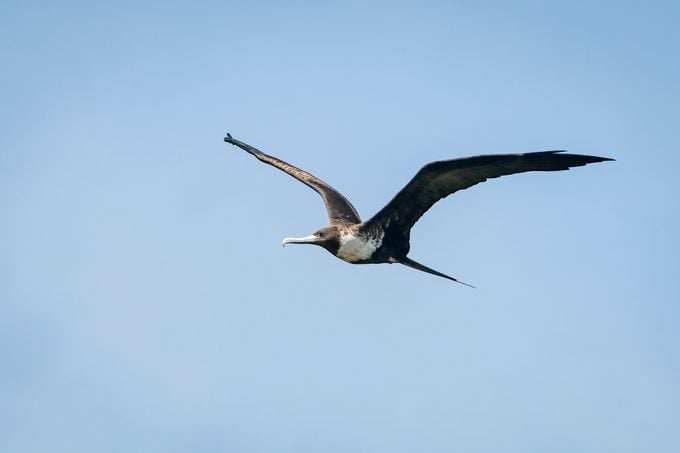
Birds that spend a lot of time soaring over land have long and wide wings. Vultures, eagles and red-tailed hawks are good examples. As the sun warms the land, it creates currents of rising warm air, called thermals. Soaring birds hitch a ride on these thermals, circling up into the sky without any effort.
Large seabirds, however, often have very narrow wings. Albatrosses, such as the black-footed albatross commonly seen off our Pacific Coast, maneuver easily in strong winds with their incredibly long, thin wings.
Another narrow-winged seabird, the magnificent frigatebird, soars over the Florida Keys and elsewhere on the Florida coast. Recent research shows frigatebirds can fly for days or even weeks at a time without landing, even sleeping as they soar high above tropical oceans.
Can a cardinal fly without tail feathers?
Birds That Don’t Fly
The wings of birds that don’t take to the air aren’t useless. An ostrich dashing across the African plains sticks its stubby, fluffy wings out to the side to help balance during high-speed turns. Penguins use theirs as flippers to propel them in powerful, graceful swimming— in effect “flying” underwater.
What makes hummingbird feathers so shimmery?
Types of Flight Feathers
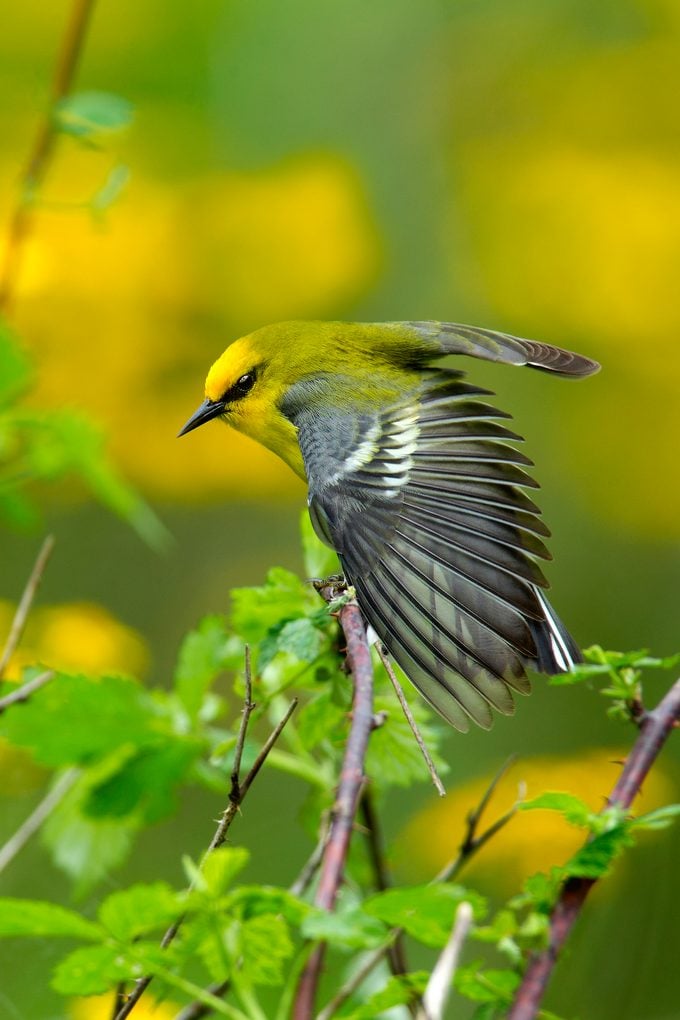
Although they come in a dazzling variety of shapes, most bird wings have the same basic groups of feathers. Below, we break down the types of flight feathers, their location on the bird and how they help the flier stay (or in some cases, stop!) soaring.
The primaries, secondaries and tertials are collectively called the flight feathers.
- Primaries are the long outer feathers located at the bottom edges of the bird’s wing. They propel the bird forward and help it steer.
- Secondaries are the inner flight feathers at the bottom of the wing, located closer to the bird’s body. They help with lift and soaring.
- Tertials are those feathers closest to the body on the trailing edge
The bases of all these feathers are covered up by smaller feathers called (naturally enough) the coverts, which include multiple rows of feathers both above and below. The upperside feathers often feature wing bars that make birds easier to identify.
And a small, separate group of feathers on the leading edge of the wing, the alula, is similar to a human’s thumb. The leading edge cuts through wind and lets the airflow travel on both sides of the wing.
Tail feathers are multipurpose tools! They are used for lift, steering, balancing and braking.
Discover fascinating facts about extreme bird feathers.
Different Types of Bird Wings
Form meets function in these four basic bird wing shapes, which allow for different types of flight.
Elliptical Bird Wings
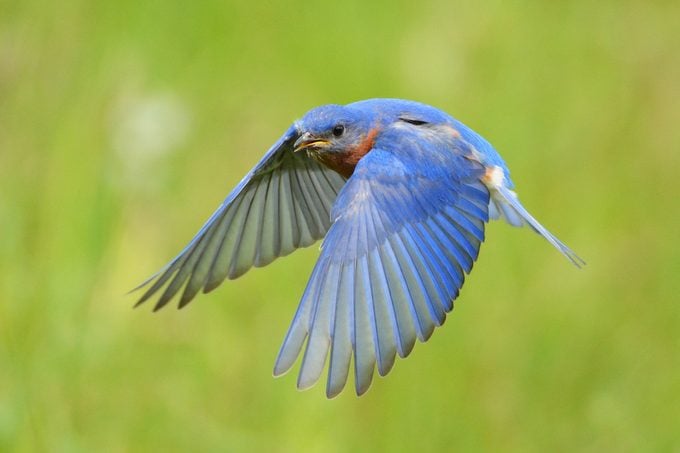
These round, compact wings, commonly found on songbirds, are useful for quick takeoffs and hairpin maneuvering.
Find out how bird feet work.
Passive Soaring Bird Wings
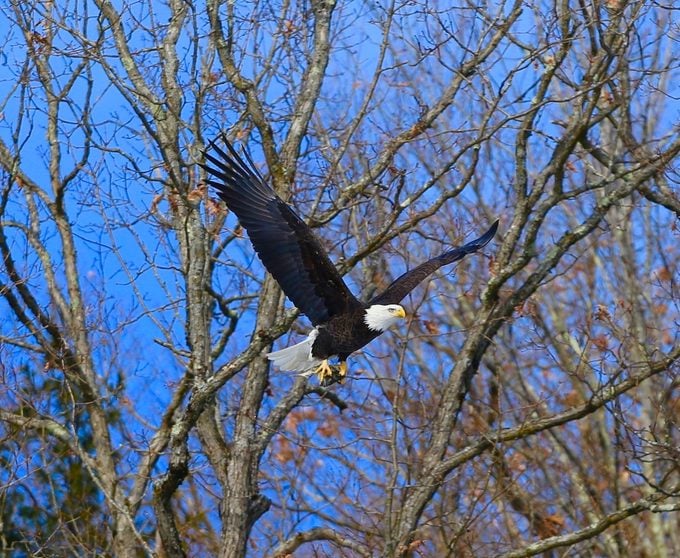
Most hawks and eagles have passive soaring wings. The long primary and secondary feathers associated with this wing shape make slow gliding easier.
Learn about 6 bird beak types and how birds use them to eat.
Active Soaring Bird Wings
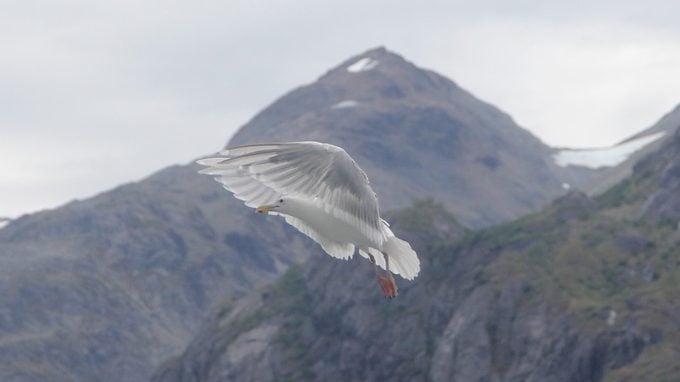
Active soaring wings typically appear on gulls and seabirds. They tend to sport long, narrow wings that catch breezes.
Bird senses: Can birds smell or taste?
High Speed Bird Wings
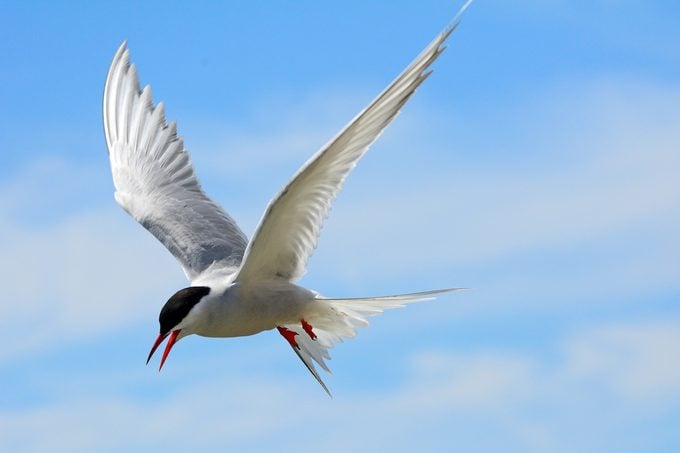
You’ll find high-speed wings on fast birds, like swifts and terns. They have thin wings that aren’t quite as lengthy as those of soaring birds.
As birds fly in and out of your backyard, watch for connections between the way they fly and the shape of their wings. And the next time you’re in an airplane, thank the birds.
Next, learn if mourning dove feathers and wings make noise.




















